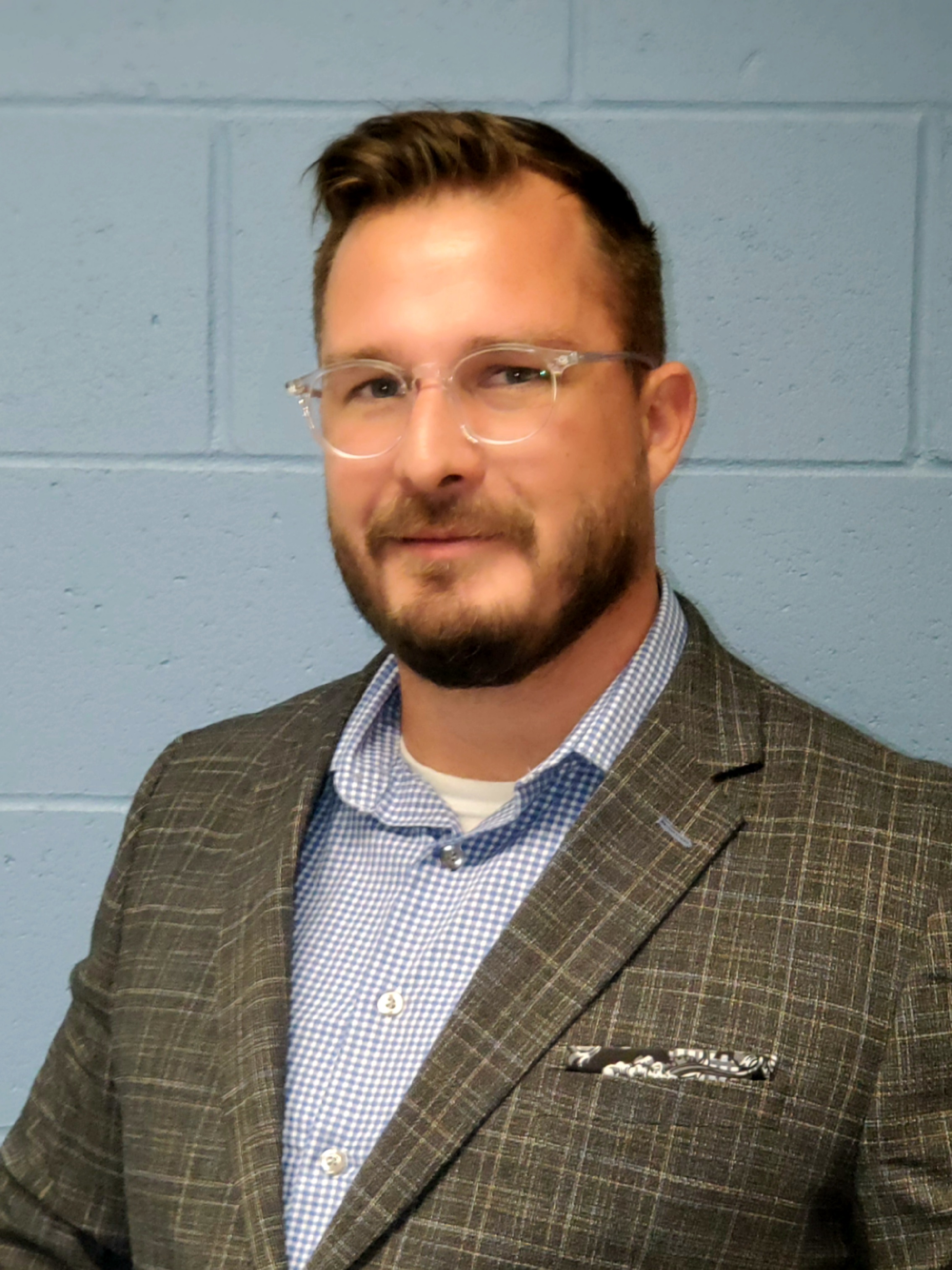When Career Pathways Begin With Community: Lessons from Carson City Schools
- Christopher Nesmith

- Oct 24
- 3 min read
Across the country, communities are rethinking what it means to prepare students for the future. The conversation is shifting from graduation requirements to community readiness, from compliance to collaboration, and from isolated programs to aligned systems.
Few districts model that shift better than Carson City Schools in Nevada. During this fall’s AASA Redefining Ready Cohort visit, school leaders from across the nation had the opportunity to see what happens when career-connected learning begins not with a program, but with a purpose.
Starting with the Needs of the Community
CTE Coordinator Candi Robles welcomed the group with a simple statement that captured their entire philosophy:
“Our work begins with understanding the needs of our community before we build a program.”
That single idea has reshaped how Carson City approaches career education. Instead of starting with prepackaged pathways or state templates, Candi and Superintendent AJ Feuling start with listening to employers, economic development leaders, and community partners. Together, they identify where student learning and local opportunity intersect.
The result is not just alignment, it’s ownership. Industry partners aren’t invited guests at the table; they are co-designers of programs that serve students and the local economy.

A Model of Applied Learning
One example captures this spirit perfectly: Carson High School’s new 'Entrepreneurs in Action' magazine.
Developed in partnership with the local Economic Development Council and Chamber of Commerce, the magazine is written, edited, and published entirely by students. It serves as both a professional publication and a classroom project—students conduct interviews, write feature stories, manage layouts, and publish editions that highlight local industries, entrepreneurs, and civic priorities.
It’s hands-on, community-based, and future-focused. But more than anything, it’s relevant. Students see the direct connection between what they learn in school and the community they live in.
From Compliance to Collaboration
During an employer panel discussion, one theme stood out: partnership in Carson City isn’t symbolic—it’s structural.
Employers described their investment not in terms of donations or guest lectures, but in shared responsibility. They see the success of students as part of their own success, because the programs they help design are preparing the next generation of the local workforce.
This is a departure from the compliance-based advisory models that too often define CTE. In Carson City, partnership is not about checking a box, it’s about co-creating opportunity.
Leadership That Builds Trust
At the center of this work are Candy Robles and Superintendent AJ Feuling, two leaders who have made collaboration the foundation of their district’s identity.
Candi’s approach is intentional and deeply community-driven. Her conversations with employers start not with “what programs do you need?” but with “what problems are we solving together?” That distinction matters. It turns partnerships into shared missions, and it transforms programs into pipelines of opportunity.
AJ’s leadership ensures that the district structures, policies, and resources all align around that vision. Together, they’ve built a culture where career education is not a side program—it’s a central expression of how the district serves its students and its community.
A National Example Worth Studying
Carson City Schools remind us what’s possible when we start with trust. Their work demonstrates that effective Career and Technical Education is not about scaling isolated programs; it’s about building ecosystems where schools, employers, and communities share purpose and accountability.
As school leaders across the nation look to redefine what “ready” means for every student, Carson City offers a compelling example:
Start with community need.
Build programs that solve real problems.
Treat employers as co-designers, not consultants.
Anchor every decision in student purpose and local relevance.
If we want to see a national shift in how career pathways are designed, we don’t have to look far for inspiration. It’s happening in places like Carson City—where readiness is being redefined one partnership at a time.
Candi Robles and AJ Feuling aren’t waiting for a new mandate or a new model. They’re showing all of us what authentic, community-driven career education looks like.
Their message is simple, but it’s exactly what the field needs right now:
Start with community. Build with trust. Lead with purpose.




Comments